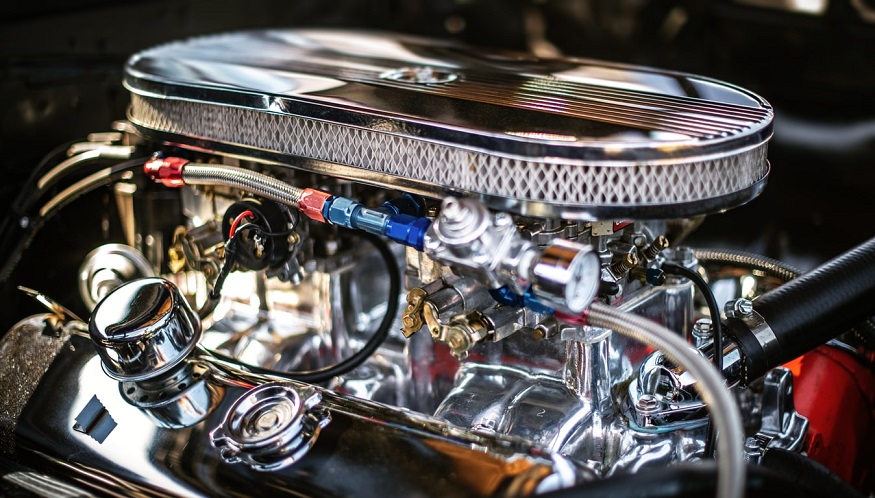Nuvera announces launch of its new E-45 fuel cell engine
The high-performance design is meant for zero-emission hydrogen powered vehicle applications.
Nuvera Fuel Cells, LLC, has announced that its new E-45 fuel cell engine is now commercially available. The company provides fuel cell power solutions for vehicle applications.
This engine is the latest addition to the complete Nuvera product line can be seamlessly integrated.
The new Nuvera E-45 fuel cell engine has been designed to be seamlessly integrated into commercial medium-duty and heavy-duty vehicles. Possible applications include buses and electric delivery vans as well as Class 8 vehicles such as long-haul trucks, yard tractors and even port container handling equipment.
This new solution can provide a vehicle with its primary power or can be used in a hybrid format with batteries in order to extend the range of electric vehicles and offer high-performance powertrain electrifications.
Nuvera worked with project partners such as Hyster-Yale Group to incorporate the new E-45s into a Hyster top-loading container handler. This equipment will begin its operation later in 2020 at the Port of Los Angeles. The company is also currently working on developing a fuel cell transit bus platform in China.
The goal for the E-45 fuel cell engine is to be flexible enough to suit a spectrum of mobility markets.
“Our strategy for the E-45 fuel cell engine was to design a system that meets the needs of multiple mobility markets, and easily incorporates into existing electric vehicle platforms, taking maximum advantage of our unique core stack technology,” said Nuvera fuel cell engine product manager Matt Weig.
This new product features a patented control logic for optimized operation in addition to its own fully integrated compressor. The company’s fuel cell stack technology brings uncoated metal plates into an open flow field architecture. This design makes it possible for the outcome to be compact, durable, and operate at a low cost.
The E-45 fuel cell engine is manufactured at the Nuvera headquarters, which is located in Billerica, Massachusetts. That said, the company aims to expand its manufacturing to China, particularly for

The goal for the E-45 fuel cell engine is to be flexible enough to suit a spectrum of mobility markets.
“Our strategy for the E-45 fuel cell engine was to design a system that meets the needs of multiple mobility markets, and easily incorporates into existing electric vehicle platforms, taking maximum advantage of our unique core stack technology,” said Nuvera fuel cell engine product manager Matt Weig.
This new product features a patented control logic for optimized operation in addition to its own fully integrated compressor. The company’s fuel cell stack technology brings uncoated metal plates into an open flow field architecture. This design makes it possible for the outcome to be compact, durable, and operate at a low cost.
'Fuel Cell' 카테고리의 다른 글
| China Fuel-Cell Startup Seeks Funds, Predicts Hydrogen-Car Boom (0) | 2020.11.09 |
|---|---|
| New Hyundai Nexo Will Destroy Tesla Model S 400-Mile Range (0) | 2020.11.09 |
| New Energy Vehicle Account For 20% of Total New Car Sales in China By 2025 (0) | 2020.11.05 |
| ICE Bans Begin To Take Shape In The US (0) | 2020.11.05 |
| Speeding protons with metal vacancies (0) | 2020.11.04 |


